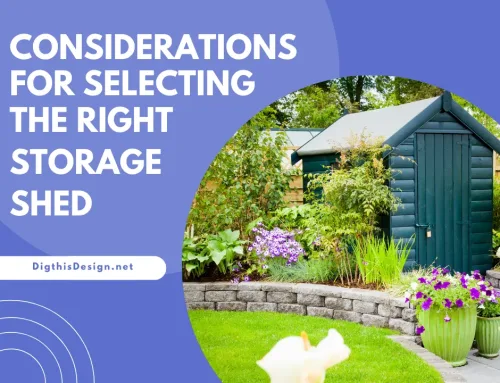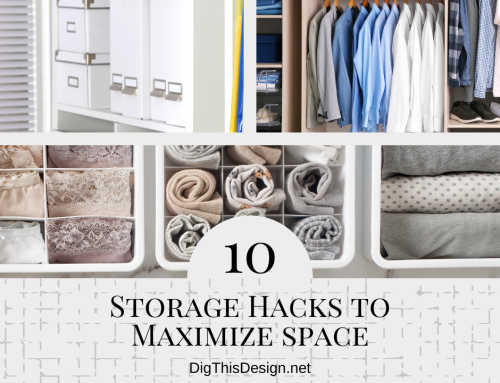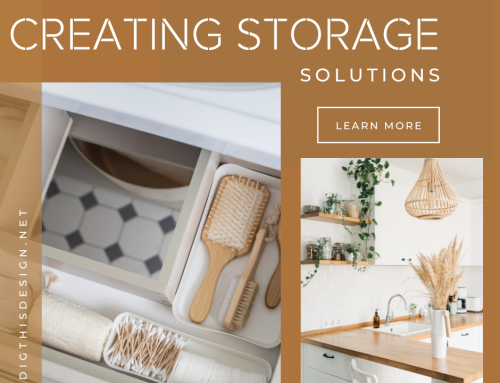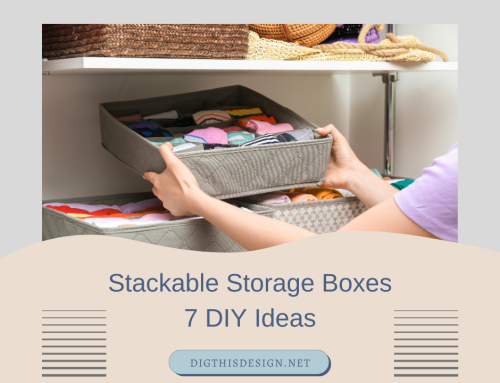Just like your house, your shed’s exterior should be practical as well as aesthetically pleasing. Shed siding not only improves the appearance of your shed, but it also protects it and its contents.
Popular Options for Shed Siding
In this post, we’ll go over several shed siding options, and installation recommendations.
What Is the Purpose of Shed Siding?
The primary purpose of siding is to protect your shed from rain, snow, and ice. It is the first line of defense protecting the structure of your investment against the elements. It can connect to the other structures on your property. The siding looks better than raw plywood or OSB, which starts yellow and fades to a grayish brown before flaking or peeling.
There are a variety of shed siding materials that are often used. The frequency with which they are used is determined by their availability, price, and installation cost.
Vinyl Siding
Vinyl is a plastic or synthetic substance that may be molded into various shapes. Vertical or horizontal planks with lap, beaded, or board and batten profiles are available, as are sheets with shake, shingle, scallop, or scale profiles.
Vinyl siding comes in hundreds of colors, but availability influences pricing. When properly erected, it creates a long-lasting, water-resistant, insect-resistant casing for your shed. It is simple to maintain; simply rinse off dust or debris as needed, and caulk or replace broken sections.
LP SmartSide Siding Panels
LP SmartSide panels are 4’x8’ sheets that are 3/8″ thick and have grooves cut at 8-inch intervals. When vertical, they resemble board and batten, and when horizontal, they resemble shiplap. They were also created from a renewable resource in an ecologically friendly SFI-certified method, and it has been structurally evaluated by the Engineered Wood Association.
The wood strands are submerged in a zinc borate solution before being heated and pressed together with a marine wax combined with a resin glue, making the panels more resistant to moisture, mold, and insects. The Smart Guard finish is the last step. It’s a resin-saturated overlay that provides additional protection and a tan-colored pre-primed paint finish to the panels.
T1-11 Shed Siding
T1-11 siding is created by gluing and heat-pressing thin layers of wood sheets, veneer, or wood strands into 4’x8’ panels. The panels are then rostered with grooves every 8 inches to give them a board and batten or shiplap appearance.
Prime and paint or stain both the plywood and the OSB T1-11 panels. However, the stained plywood sheets appear better than the stained OSB sheets. They may be completed in a variety of colors. To minimize moisture damage and decay when using T1-11 panels, all cuts and holes should be sealed, flashed, or trimmed. To protect the edges, the boards lap at their seams.
Board-and-Batten Siding
Board-and-batten are natural made siding made of large planks that are fastened vertically to the wall, with smaller strips covering the gaps between the planks. It must be fastened vertically to assist the shed of moisture and prevent decay. Because the planks run parallel to the stud structure, horizontal nailing strips or blocks, or a solid sheathing, must be connected to the studs first.
Boards are available in widths ranging from 4″ to 12″ and lengths ranging from 8’ to 16’, but can be greater.
To keep out the weather, rats, and insects, narrower 1″x3″ strips called battens are nailed over the seams or gaps where the two boards meet. A 1″ gap is frequently allowed between broader vertical boards to allow for seasonal expansion and contraction. The wood can be polished smooth or rough. To preserve it from the weather and prevent decay, it should be stained, painted, or varnished.
Tongue-and-Groove Boards Siding
Tongue-and-groove siding is another all-natural and eco-friendly option for siding your shed. Softwood planks 4″ to 6″ broad are milled with a tongue on one edge and a groove on the other.
The tongue fits into the groove and locks the boards together, keeping the weather and insects out. Where the tongue-and-groove meet, both faces are frequently beveled. Planks are typically 3/4″ thick. The planks are often attached horizontally to the studs, although they can also be put diagonally or vertically for strapping or blocking.
Bevel Siding
Softwood plank siding that has been milled to seem like a wedge is known as bevel siding. It’s sometimes referred to as clapboard, lap, or weatherboard siding. It is often milled from pine or spruce, but cedar and cypress are also available. The layers overlap to form a protective barrier from the environment, insects, and creatures.
The planks are available in lengths ranging from 8’ to 16’, but custom sizes can be ordered and can be smooth or rough. Some bevel planks have a slot rabbeted into the bottom edge to allow it to fit over the narrow top of the plank underneath it and attach flush with the studs.
Bevel siding is attached to the studs with 2-1/2″ galvanized ring nails.
Channel Siding
Channel siding is a type of softwood timber with a rabbeted groove or lip at the bottom that overhang the top face of the board below it. The top edge is frequently narrowed or thinned with a cove, channel, or bevel so that the boards overlap flat against the studs. The planks might be smooth or rough, with a flat or shiplap profile, a wedge shape profile, or a rounded profile to resemble logs.
The siding is available in material in lengths up to 16’. You may also buy a limber that has been pre-primed or stained.
Channel siding, should have one 2-1/2″ galvanized ring nail through its face per stud. Allowing for seasonal expansion and contraction, the nail should not travel through both boards. The top edge of the bottom plank should be 1/8″ away from the underside of the bevel or lip on the bottom of the plank above.
Make a spacer stick to assist keep the gap consistent as you nail each row. Square trim the corners and openings of your shed before siding for a tidy finish.
Metal Shed Siding
Aluminum and steel siding is available in the same profiles as vinyl siding, but are more costly and have fewer color options. Shed siding can also be made using corrugated or interlocking steel panels. Aluminum defends against salt air, which may rust steel and damage wood in coastal environments.
Metal siding may offer a distinct, almost industrial appearance when contrasted with vinyl or wood siding. It is commonly installed in vertical panels, but it is also available as interlocking planks that may be installed horizontally, vertically, or diagonally.
Before adding the steel or aluminum siding, the shed walls should be strapped or sheathed and felt or a moisture barrier stapled on. Install the corner posts and the top and bottom J channels on the walls and all openings, making sure they’re level. Check that the panels or boards lock or overlap properly.
Other Pots You Might Enjoy
Your Guide to the Right Garden Shed for Your Home





